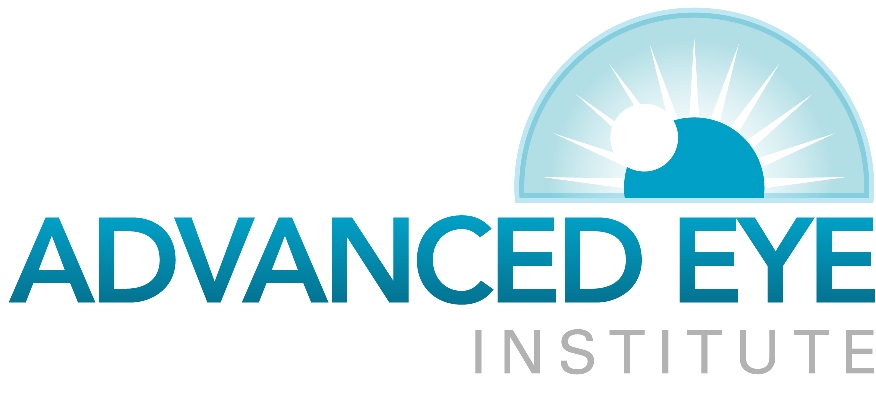Glaucoma Treatment Options
How is glaucoma treated?
Damage done to the optic nerve in Glaucoma is permanent. It is something that cannot be reversed by glasses or any other intervention. The good news is medications, lasers, and surgical options are available to stop further damage. To treat glaucoma, your ophthalmologist may use one or more of the following treatment options.
Medications
Glaucoma is often able to be controlled with eye drop medications and frequent monitoring. These specific drops are used daily, and can help to lower the eye pressure. Some do this by reducing the amount of clear fluid that the eye makes. Others reduce pressure by helping fluid flow better through the drainage angle. These drops reduce the risk of progression of the glaucoma, but they can be associated with some side effects. Some of the side effects may include:
- A stinging or itching sensation
- Red eyes or red skin around the eyes
- Changes in your pulse or heartrate
- Changes in your energy level
- Changes in breathing (especially if your have asthma or breathing problems)
- Dry mouth
- Blurred vision
- Eyelash growth
- Changes in your eye color, the skin around your eyes or eyelid appearance
Different medications have different side effect profiles, and just because you are having side effects does not necessarily mean you are allergic to a particular medication. Some of these drugs can have interactions with other frequently prescribed medications so it is important to give your doctor a list of your medications regularly.
Your ophthalmologist will work to find medications that you tolerate, and control your eye pressure appropriately. You should never stop taking glaucoma medications without consulting your ophthalmologist.
Glaucoma Laser Treatment Options
Glaucoma laser treatments are non incisional and are usually associated with minimal inflammation with most incurring no down time . The laser treatment options that Advanced Eye Institute offers are listed below:
Selctive Laser Trabeculoplasty (SLT)
SLT laser treatment is an option geared towards patients who have open-angle glaucoma and need mild IOP reductions (similar to adding one eye drop to regimen).The surgeon uses a laser at very low levels, to make the drainage angle less obstructed resulting in better drainage of fluid through the angle. Maximal eye pressure lowering can be seen about 4-6 weeks after the laser procedure is done.
YAG peripheral iridotomy (YAG PI)
This laser procedure focuses on patients who suffer from narrow angle glaucoma and angle closure glaucomas . The ophthalmologist uses a laser to create a tiny whole in the iris. This hole or “ostomy” site will allow the Iris to move away from the drainage angle and help fluid to flow through it once again.
G6 Laser (Transcleral Photocoagulation)
The G6 Laser is a micro-pulse laser which lowers intraocular pressure by heating the tissue that makes fluid in the eye and turns the production of this fluid down. By forming less aqueous fluid patient can get greatly reduced eye pressure. This laser is performed in the operating room and does require a numbing injection. There is often some mild inflammation produced after this type of laser and it is used in more severe or refractory glaucoma cases.
Microinvasive Glaucoma Surgery (MIGS)
MIGS is the most recent advancement in surgical treatment for glaucoma. This procedure aims to reduce intraocular pressure. MIGS are a group of procedures with micro-incisions that cause the least amount of trauma to the surrounding scleral or conjunctival tissue. These techniques offer minimal risk of complications, especially when compared to other more invasive glaucoma procedures. There is minimal scarring, rapid recovery and low-risk of complications.
iStent inject and Xen Gel Stent are the latest in MIGS technology. Advanced Eye Institute is a forerunner of MIGS surgery in the tri-parish region. A patient, who suffers from both cataracts and glaucoma, can be treated with a MIGS device at the time of their cataract procedure. However, there are MIGS procedures that are available for treatment of glaucoma without cataract involvement.
Fortunately, the MIGS revolution has allowed us to change our approach to surgical glaucoma for many patients. The main priority of MIGS is patient safety. While no surgery is without risk, MIGS provide improved safety while usually providing mild-to-moderate IOP lowering.
While MIGS procedures will not replace or eliminate traditional glaucoma surgery, they have greatly decreased the number of patients who require these more invasive surgeries to control their IOP. Moreover, MIGS procedures have allowed us to have a lower threshold for a surgical intervention with the goal of providing better IOP control while decreasing a patient’s glaucoma medication burden.
Drainage Tube Shunt Surgery
Tube shunts are performed in patients where eye drops are unable to appropriately control eye pressures and other more minimally invasive options to reduce eye pressure have failed. At Advanced Eye Institute 2 types of shunt tubes are used for IOP lowering, The Ahmed shunt tube and Baerveldt shunt tube. These devices are implanted under the surface of the eye and a shunt tube is positioned into the front of the eye in order to create a man-made bypass for aqueous fluid to escape the eye and be reabsorbed by the veins on the surface of the eye. Your surgeon will discuss with you the risks and benefits of these types of surgical interventions as well as what type of shunting device is appropriate for you if necessary.
Experience You Can See
Thibodaux : 985-446-0506 | Houma : 985-879-2393
